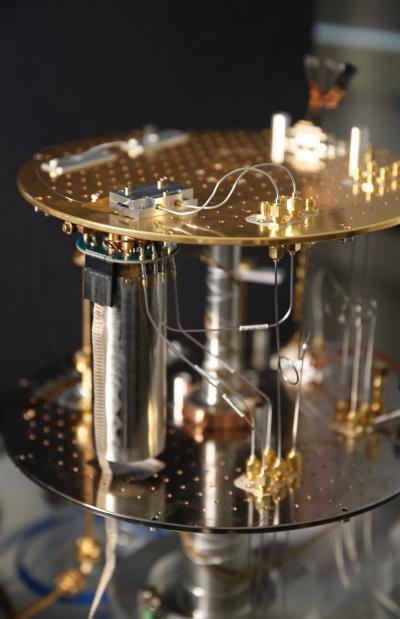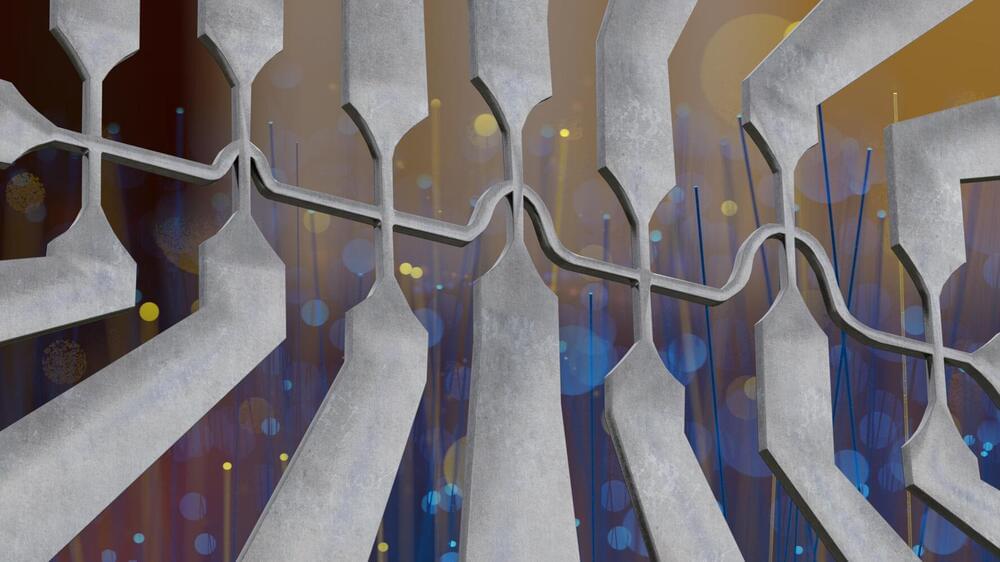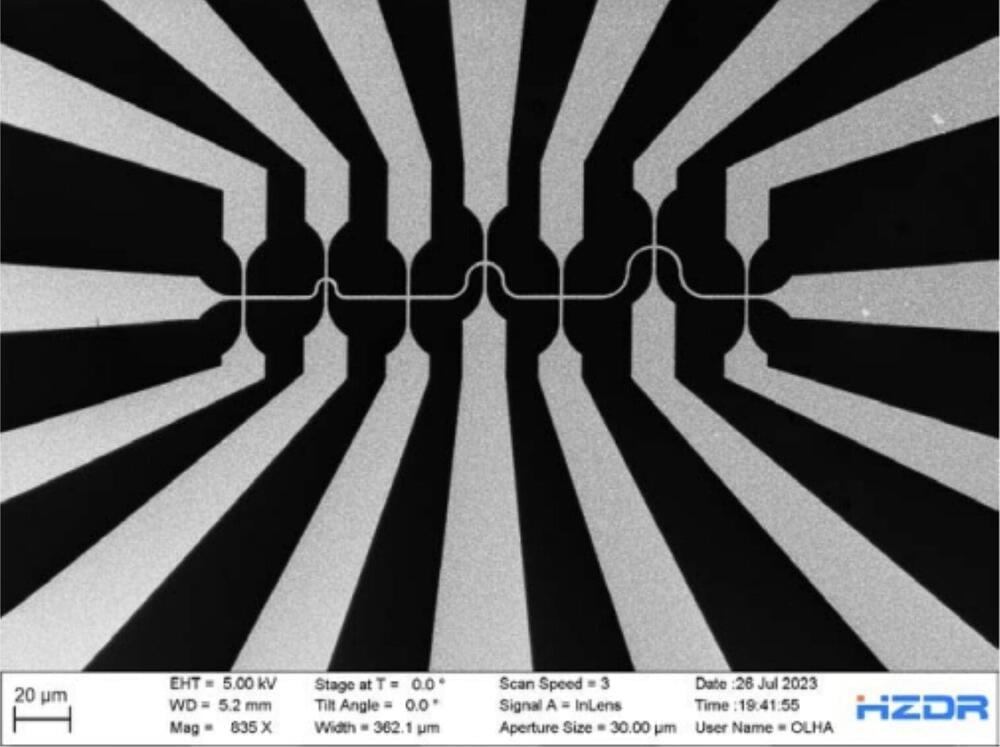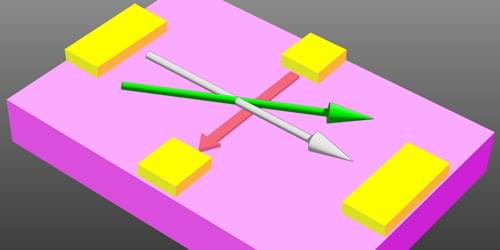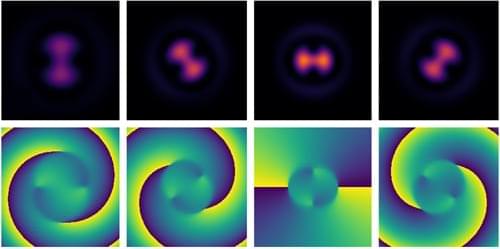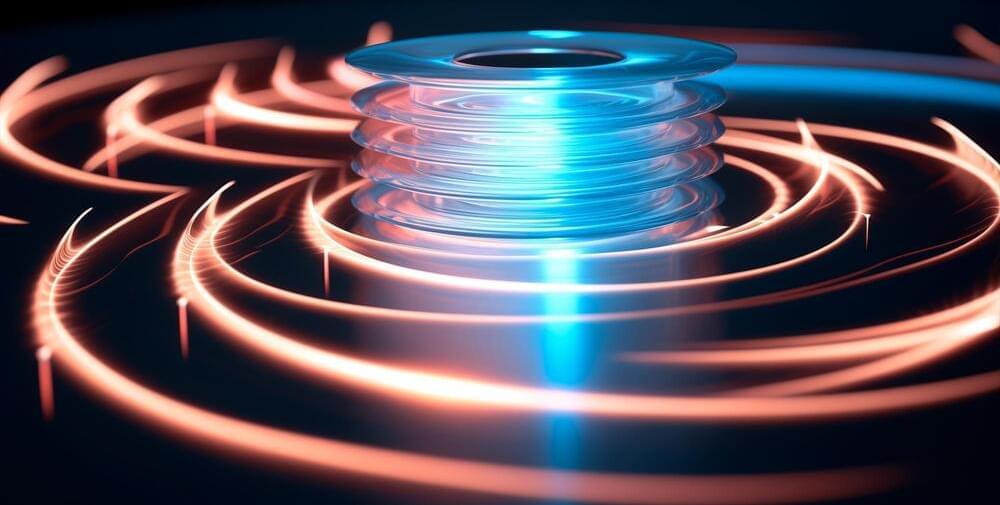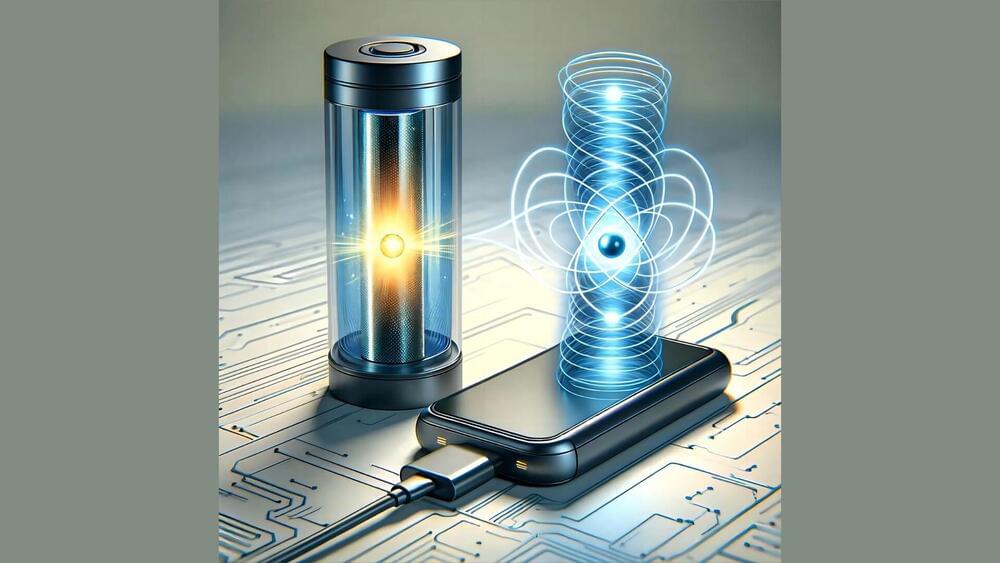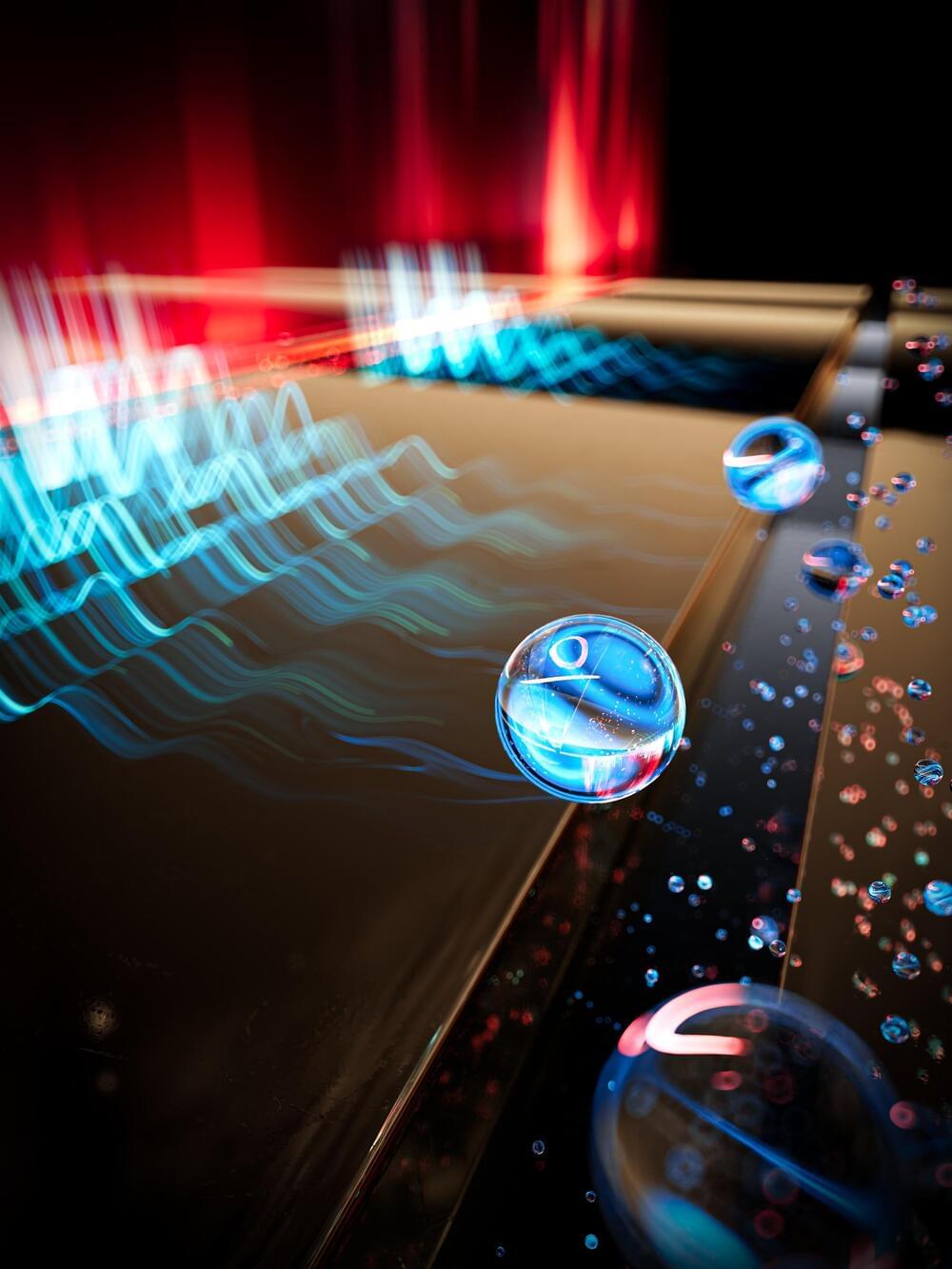Throughout many branches of physics, a connection can be drawn between geometry and dynamics. In general relativity, for example, the motion of stars and planets is governed by the geometry of spacetime. In condensed matter, the motion of electrons in solids is influenced by the so-called quantum geometry, which describes how the electronic wave function evolves in momentum space. The quantum geometry can explain a wide range of observed phenomena, such as topological phases and quantum Hall effects, but it can also lead researchers to new electromagnetic responses. Guided by quantum-geometry predictions, Lujunyu Wang from Peking University and colleagues present experimental evidence of a new Hall effect, the magneto-nonlinear Hall effect, which is proportional to both an in-plane electric field and an in-plane magnetic field [1] (Fig. 1). The effect, which was isolated in a magnet with triangular symmetry, offers a new way to probe in the quantum geometry of materials.
Quantum geometry is a representation of the phase of the Bloch wave functions, which describe electronic behavior in a periodic potential. In the case of a two-level system, this phase can be represented by a unit vector in the momentum space of the electrons. In certain materials, this vector rotates as the momentum changes, an effect that can be characterized by two fundamental geometrical properties: the “quantum metric” and the “Berry curvature.” These two aspects of quantum geometry can describe many phenomena including surface currents in topological insulator and anomalous Hall effects in which the transverse Hall current occurs in the absence of an external magnetic field.
Recently, researchers have uncovered a connection between quantum geometry and nonlinear electromagnetic effects [2– 10]. Here, the nonlinearity is a higher-order response to the input electromagnetic fields. Nonlinear electrical transport is the foundation of applications such as rectification and wave mixing. Classically, the most well-known nonlinear device is a p-n junction. In quantum materials, nonlinear transport suggests novel device applications but also provides a powerful probe of the quantum geometry of the conduction electrons.
